Article by Rose Buchanan We take a closer look at 10 projects that show how Turenscape is Leading the way in ecological design. The name Turenscape is derived from two Chinese words: “Tu” (meaning “land”) and “Ren” (meaning “people”), combined with the English word “scape” to create a word that indicates the harmony between land and people. It is this philosophy that drives the creativity behind the multidisciplinary firm and allows them to create landscapes that are both ecologically ground-breaking and culturally significant. Turenscape is undoubtedly a favourite of Landscape Architects Network and so we thought it fitting to feature 10 of their ecologically powerful projects.
Turenscape is Leading the Way
1. Floating Gardens at the Yonging River Park, Taizhou Turenscape approached the design of this riverside park through the use of two layers: a restored “natural” matrix and a new network of paths, forming a “human” matrix. The natural matrix involved removing the concrete embankment of the river and providing a more ecological approach to flood control and stormwater management through the use of riparian wetland along the flood plain and a marshy wetland which runs parallel to the river. They then overlaid a “floating” human garden which allows access for tourists and locals and provides urban connections between the river and the city.
2. Red Ribbon Park, Qinhuangdao City The Red Ribbon is one of Turenscape’s most well-known projects through its dramatic use of a single curvilinear element that combines seating, lighting, and walkway. This element allows visitors to access the 20-hectare park without impacting the natural vegetation and riverine system. The project is also a good example of ecological infrastructure as processes such as stormwater management, biodiversity, and green networks are woven into the design. 3. Quzhou Luming Park, Quzhou This park shows Turenscape’s unique approach to public space by combining agriculture with an urban waterfront park. The park creates a place for people to gather, exercise, and recreate while providing space for productive urban farming. Combined with this was the need to preserve the natural topography of red sandstone hills and to ensure that the flood plain was maintained. The result is a multi-layered park consisting of boardwalk structures and pavilions which bring people in contact with an ever-changing landscape of rotating crops and geological features. 4. Qian’an Sanlihe Greenway, Qian’an Neglected and polluted by garbage and sewage, the Qian’an Sanlihe Greenway was not a pleasant place for residents. Turenscape transformed this landscape into a green pedestrian and cycle route by managing the pollution and cleaning the site. The concrete channel of the river was removed and in its place, a beautiful wetland system was creates with an elegant tree island. Elements of art create interest and boardwalks allow for connectivity while preserving the ecological systems. 5. Qunli Stormwater Park, Haerbin City The Qunli wetland is surrounded on all four sides by roads and development, resulting in pollution from stormwater run-off. This was solved by Turenscape’s clever design whereby the inner core of the park was left untouched and a wetland perimeter of ponds and mounds clean the stormwater. Overlaid onto this was a network of paths which invite people into the park and an elevated skywalk with viewing platforms that gives users a view of the core without disturbing the wetland habitat. 6. Yanweizhou Park, Jinhua City Yanweizhou Park occurs at the confluence of three rivers: Yiwe, Wuyi and Wujiang, providing an extremely ecologically sensitive approach to the design. Combined with this was the need to provide a physical connection which Turenscape beautifully executed through the design of the 764 Bayong pedestrian bridge. This allowed them to restore the ecosystem wetland and allows the park to become flooded without inhibiting access for visitors.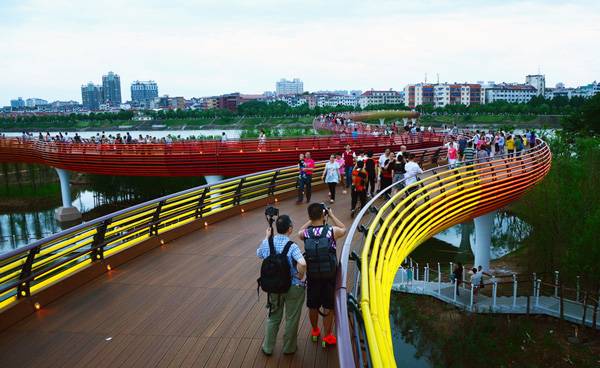
“40,000 visitors each day”. Credit: Turenscape
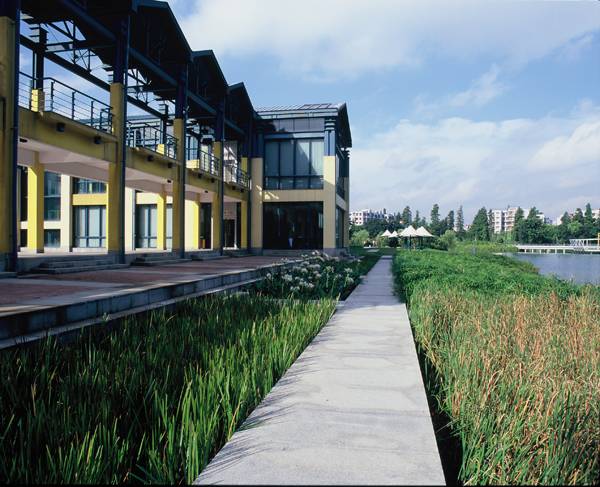
Rich planting makes for an idyllic and peaceful setting. Credit: Turenscape
Recommended Reading:
- Becoming an Urban Planner: A Guide to Careers in Planning and Urban Design by Michael Bayer
- Sustainable Urbanism: Urban Design With Nature by Douglas Farrs
Article by Rose Buchanan
Published in Blog

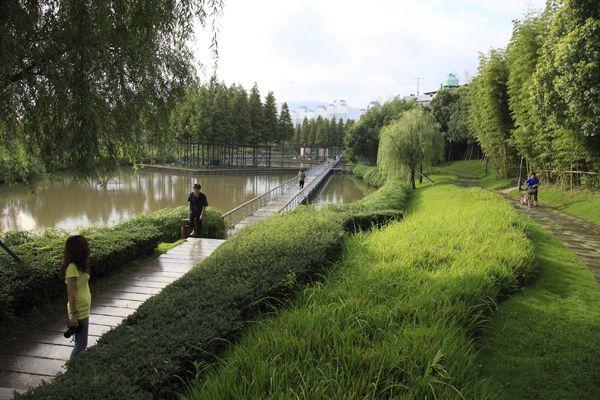
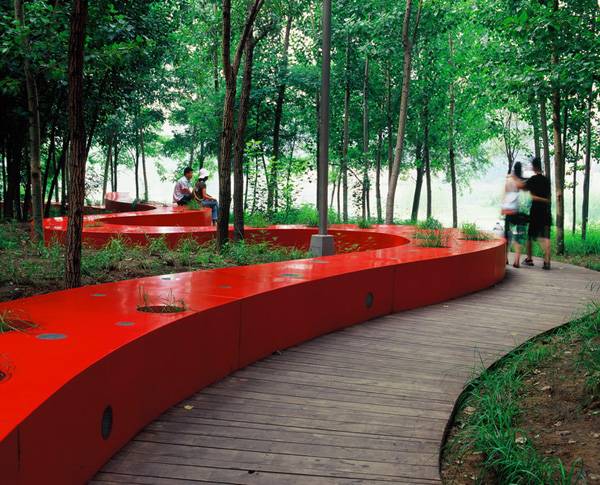
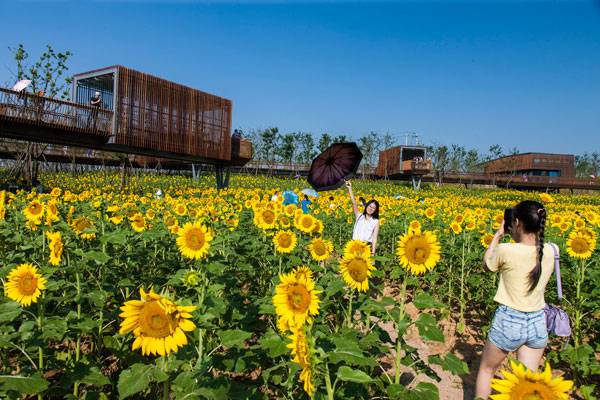
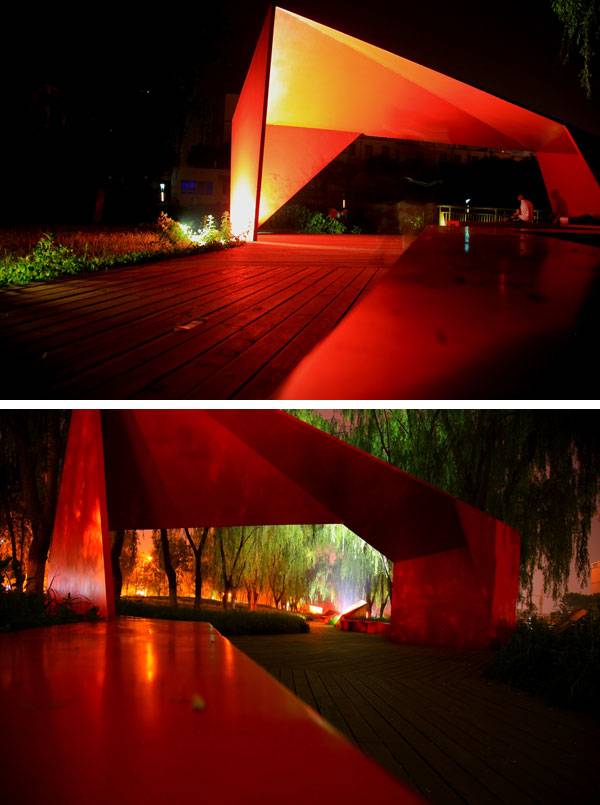
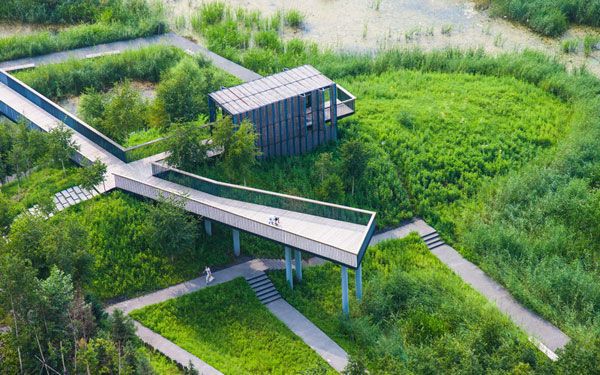

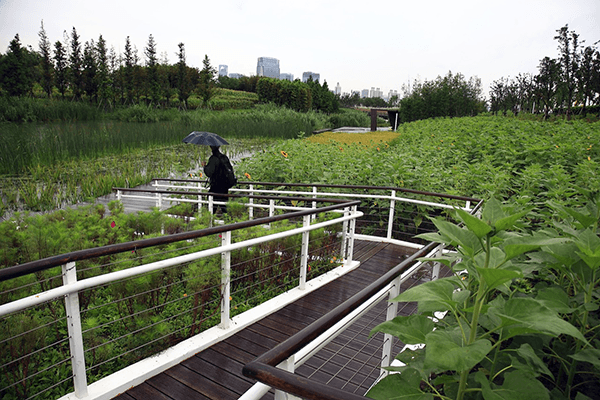
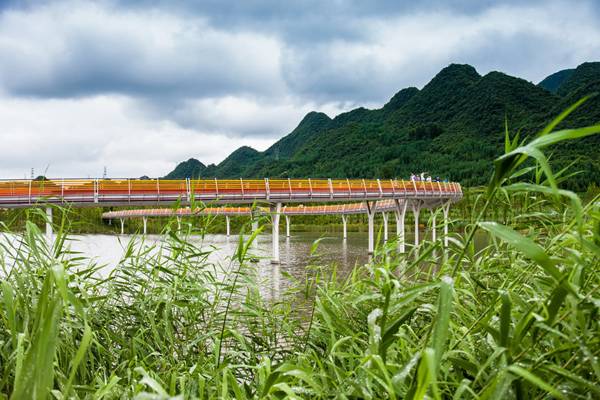

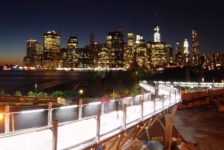
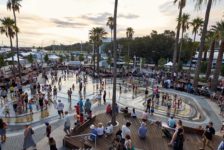


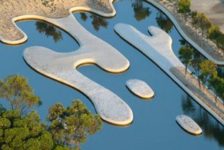
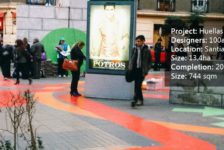
Pingback: The green infrastructure of sponge cities …. | Hopebuilding